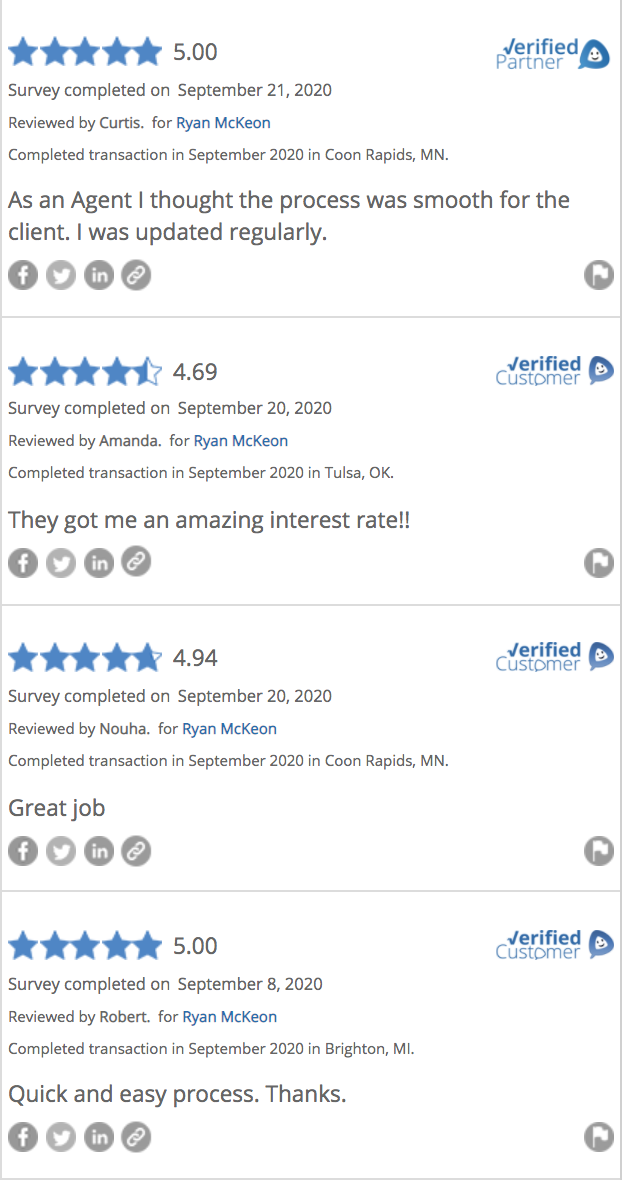Winters can get expensive when it comes to energy costs. The amount of energy required to heat your home increases when temperatures drop. The greater the difference between the temperature outside and the thermostat setting inside, the harder your heating system will work and the more energy it will use. This is true even if you don’t raise the thermostat setting, and especially true for homes that don’t have enough insulation, homes with single-paned or aluminum-framed windows, and homes with a lot of air leaks around windows and doors, as well as plumbing and electrical boxes.
There are many ways to minimize your energy use during a cold snap like setting your thermostat back during peak hours. Each degree you lower it can save up to 2% on your heating bill. Set it even lower when you are away or asleep—but be sure to keep your house at least 55 degrees at all times to prevent pipes from freezing and to avoid moisture problems.
Use portable space heaters wisely. If you spend most of your time in one or two rooms, using space heaters to keep those rooms warmer, and turning your furnace down to let the rest of the house stay cooler, can help save energy. A typical space heater uses 1,500 watts of electricity and an electric furnace uses 10 times that much.
A wood or gas fireplace is an obvious way to warm a room inexpensively. Gas fireplaces that are equipped with a battery backup for the ignition will continue to work even if there is no electricity. For wood fireplaces, have your chimney cleaned and inspected before winter, and make sure you have enough wood to carry you through a long cold snap. You can conserve wood by using the fireplace intermittently, allowing the room to cool a little between fires. Whether you’re using wood or gas, keep flammable items well away from the fireplace.
Portable, nonelectric space heaters are another option to warm a room. Make sure propane heaters are indoor-safe because many propane heaters designed for outdoor use can cause a deadly carbon monoxide buildup if used in an enclosed space. If you must use a gas or oil-based heater crack open a window for ventilation and keep it at least 3 feet from anything flammable. Fireplaces and non-electric space heaters can all produce dangerous carbon monoxide gas, as can any furnace that burns fuel. Always make sure to have working carbon monoxide detectors in your home and check their batteries periodically through winter.
Do you feel a draft? That cold air you feel coming in means that warm, cozy air is going out. You want to eliminate drafts—it’s costing you money. Keep windows and doors closed and use caulk or weather stripping to seal leaks around windows, doors, and plumbing penetrations. Cover your windows with insulated curtains. Tight fitting, insulated window coverings can help minimize heat loss through the windows. Keep curtains and blinds closed unless the sun is shining directly on the glass.
Have your furnace serviced to see if filters need to be cleaned or replaced. Dirty or clogged filters make your furnace work harder, increasing energy usage. Upgrade your heating system. If you heat your home with electric-resistant heat such as electric furnace, baseboards, plug in heaters, etc., consider upgrading to a much more efficient heat pump or ductless heat pump.
Check your insulation levels. If your home is poorly insulated, adding insulation will lower your energy bills. If you heat with electricity, ask about rebates for insulation upgrades.



